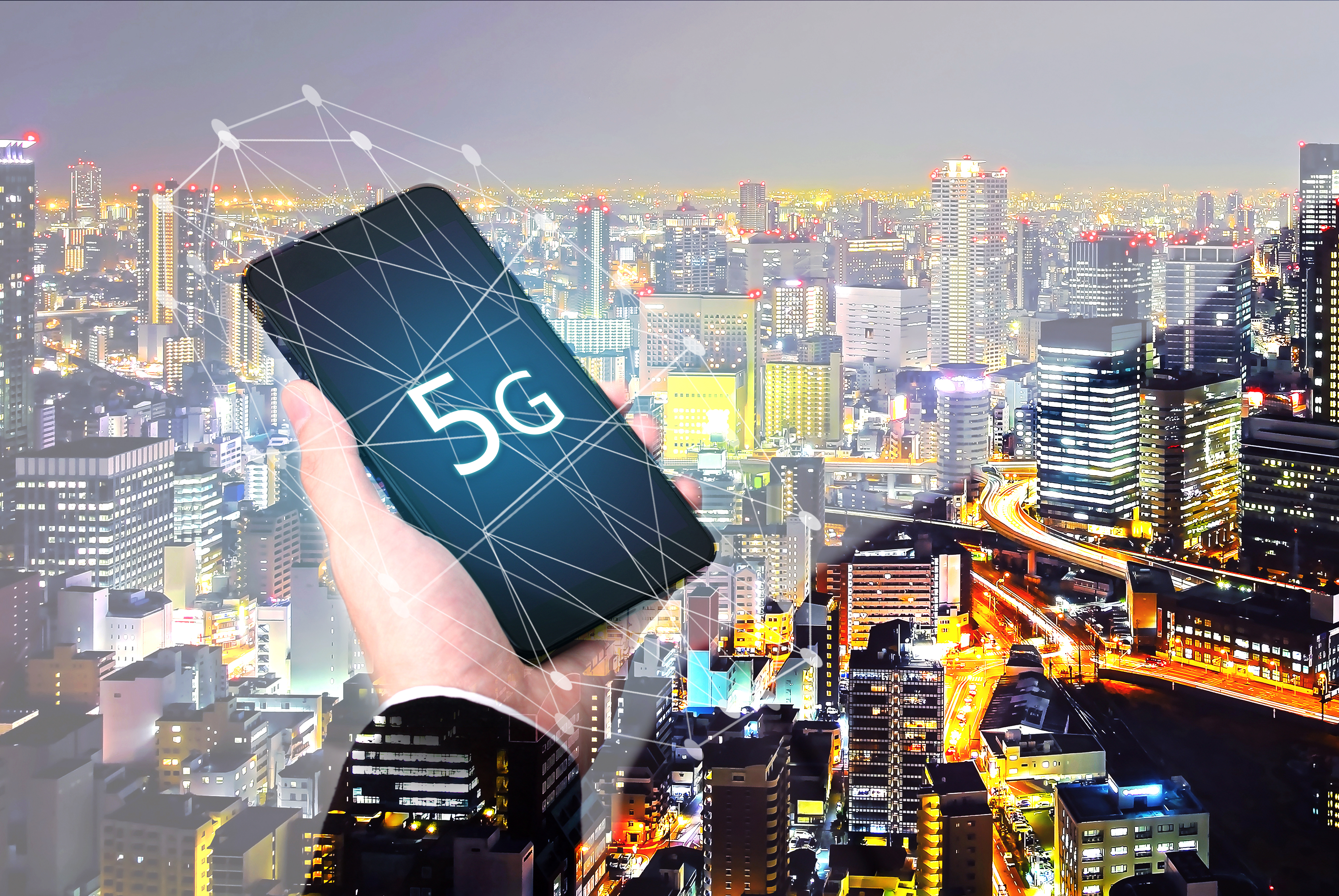 While the definition of what precisely constitutes a 5G networking service has become a little fluid, it’s clear that both enterprise IT organizations and service providers are starting to deploy the technologies required to enable these next generation networking services.
While the definition of what precisely constitutes a 5G networking service has become a little fluid, it’s clear that both enterprise IT organizations and service providers are starting to deploy the technologies required to enable these next generation networking services.
A survey of 355 senior IT leaders and corporate strategists conducted by Dimensional Research on behalf of Keysight Technologies, a manufacturer of test and measurement equipment, finds that nearly half of global businesses are either already deploying 5G networks (54 percent), or plan to deploy them within the next 12 months (31 percent).
The primary reasons for making the investments required to create a 5G network are customer demand (53 percent), a need for more flexible and scalable networking infrastructure (50 percent), and a desire to establish market leadership (46 percent). The benefits expected from those investments include higher reliability and lower latency (57 percent), more flexible networking (57 percent) multiple input, multiple output (MIMO) capacity improvements (48 percent), and improved spectral efficiency (47 percent).
In terms of business benefits faster networks tops the list (78 percent) by a wide margin, followed by greater Internet of Things (IoT) enablement (64 percent).
The general expectation is that 5G networks will drive adoption of emerging augmented and virtual reality applications in addition to making video ubiquitously available on wireless networks. In fact, a separate survey conducted by Vidyo, a provider of tools for building applications with embedded video, and BlogGeek.me, a provider of video research and consulting services, finds that 65 percent of survey participants indicate they plan to embed video into their applications over the next 12 months. Three of the top four use cases cited by respondents involve some form of organization-to-customer communication, including technical support, customer service engagement, and video-assisted sales.
Leading the 5G charge
Carriers such as AT&T and Verizon are clearly leading the 5G charge. Verizon claims to have turned on very first commercial 5G network in parts of Houston, Indianapolis, Los Angeles, and Sacramento. AT&T claims to have deployed the first commercially available millimeter wave 5G connection over a live network to a standards-based commercial mobile 5G device in Waco, Tex. Other cities where AT&T is making available include Atlanta; Charlotte, N.C; Dallas; Houston; Indianapolis; Jacksonville, FL; Louisville, KY; New Orleans; Oklahoma City; Raleigh, N.C.; and San Antonio. AT&T has plans to add 19 other cities in early 2019.
Managed service providers (MSPs) will soon play a significant role in enabling organizations to roll out these applications. The shift to 5G networking services is also going to drive a wave of networking infrastructure and security upgrades. Arguably, one of the most important decisions any organization will likely make as part of that transition is to what degree they will manage 5G services themselves versus relying on the expertise of an MSP. Given the complexity of those services, chances are many organizations will opt to rely on an MSP to manage those networking services than they do today. The challenge and opportunity MSPs face is making sure they get in front of those potential customer now rather than after they’ve already decided.
Photo: Shaynepplstockphoto / Shutterstock.
